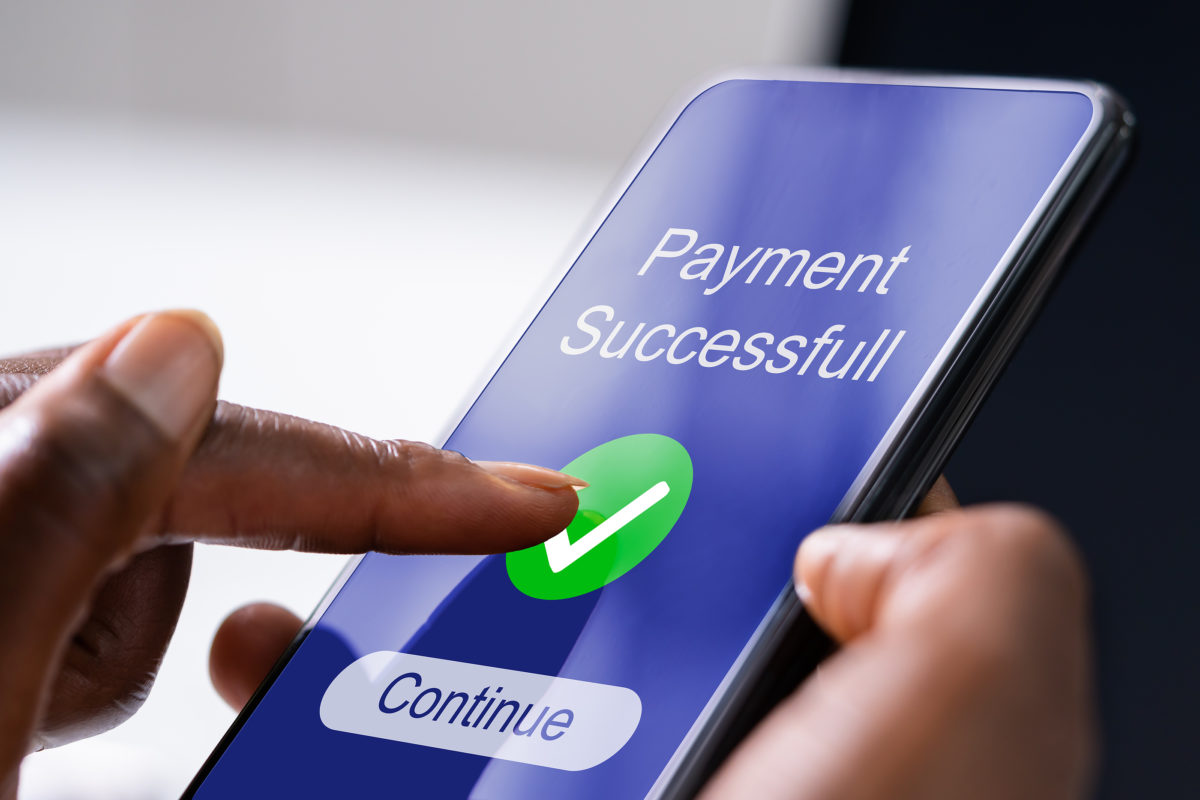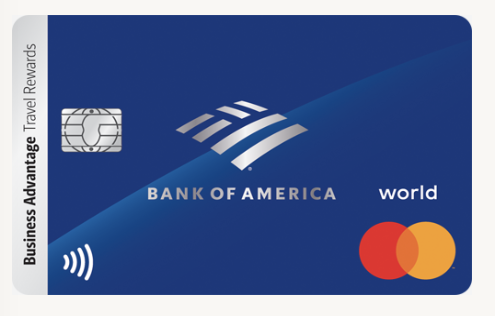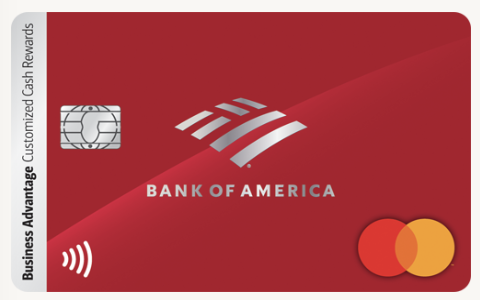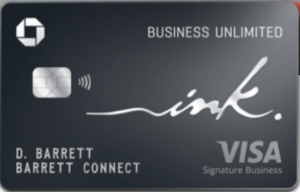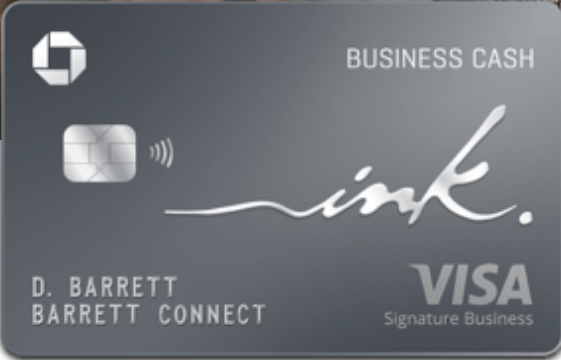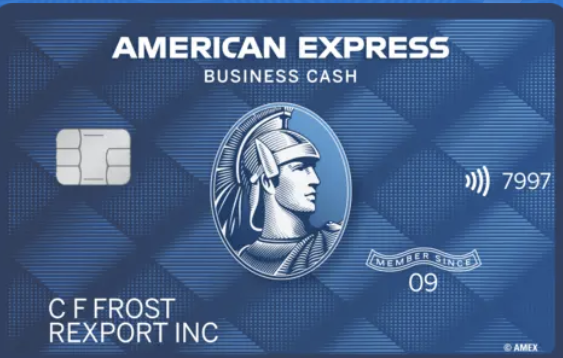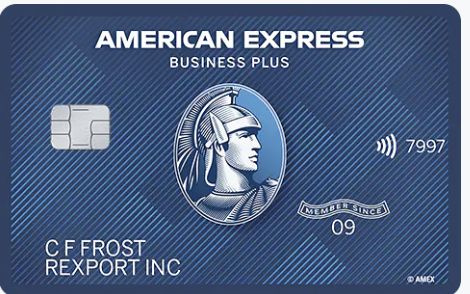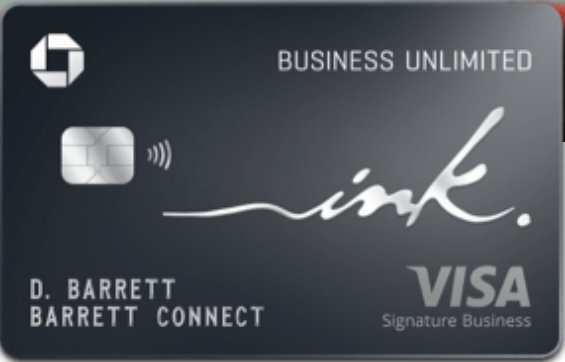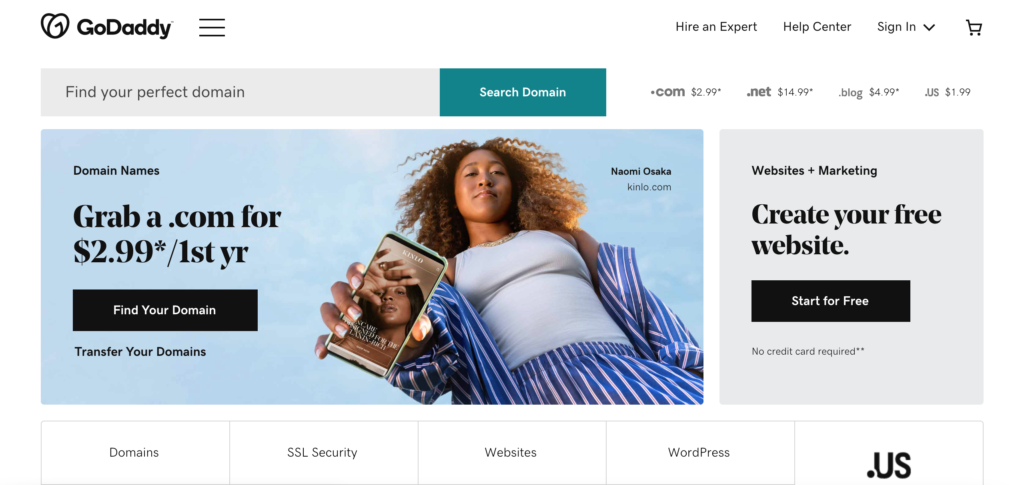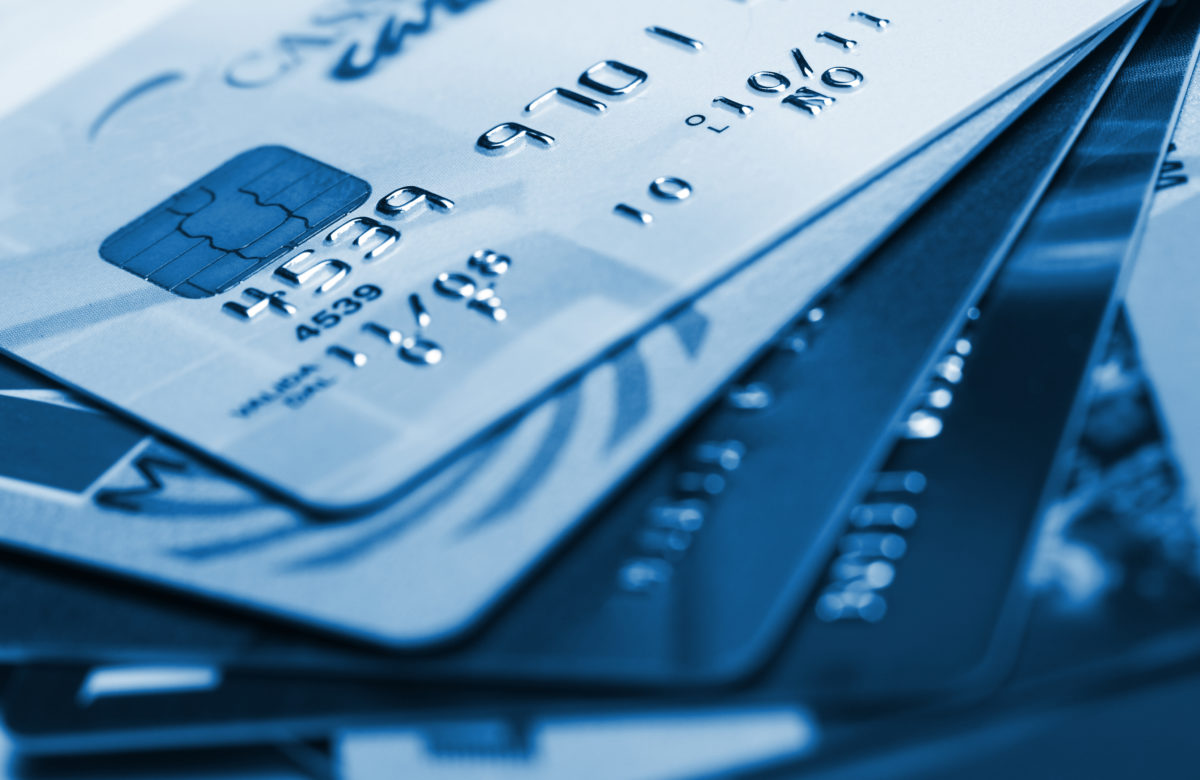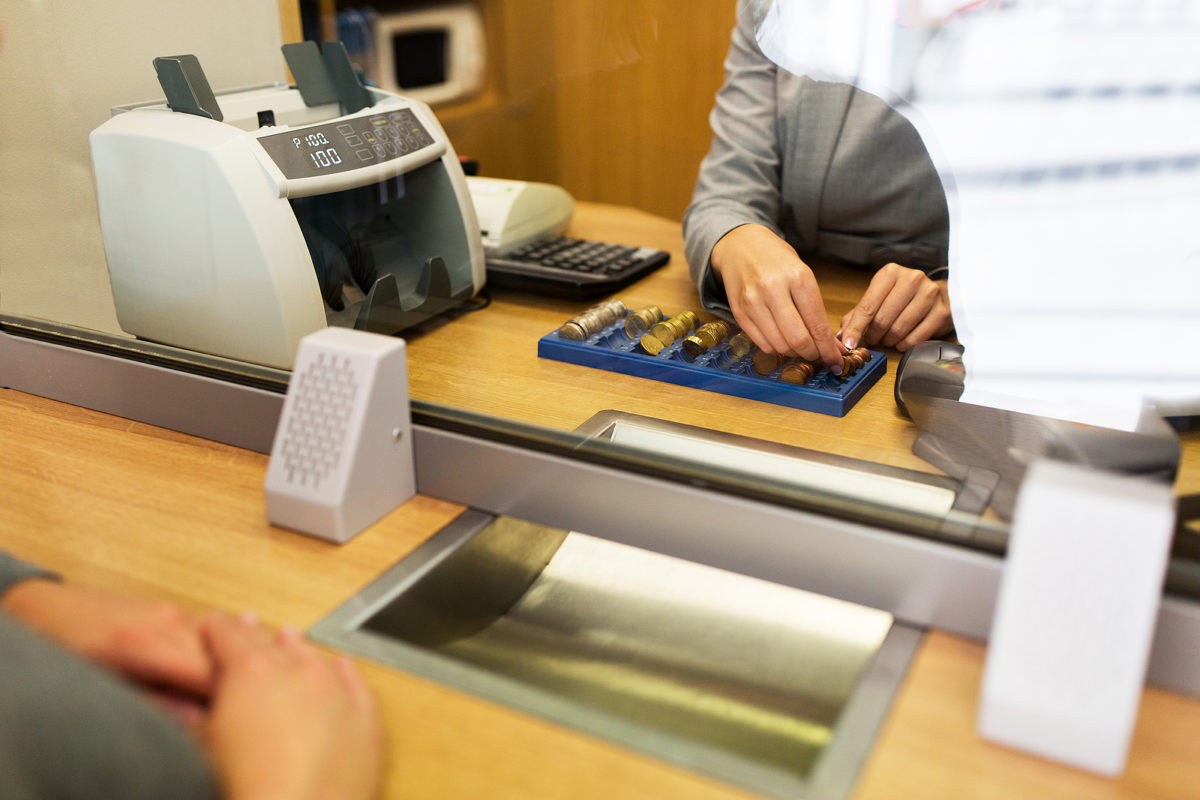There are both pros and cons to using Zelle for your small business. As a small business owner, one aspect to consider is the method of payment you will be utilizing to collect payments and invoices. Some small business owners utilize Zelle as their method of payment. Continue to read this article if you are interested in utilizing Zelle for your small business. We will discuss how to use Zelle, and its pros and cons.
What is Zelle?
Zelle is a digital payment network that allows users to instantly transfer money. Zelle is used through certain financial institutions. In order to use Zelle as a method of payment, you would need to open a bank account. Essentially, you will be going through your bank to use Zelle.
There are seven different US banks that own Zelle and it is used as a third-party payment method by most US banks and credit unions. In order to use Zelle for your small business, you just need to enroll by using your bank’s mobile app. The 11 major financial institutions in the US are eligible for Zelle. Additionally, Zelle offers their services to hundreds of financial institutions in the US.
Although Zelle has extended their services to many different financial institutions in the US, they do not offer specific business features to business owners. The services that Zelle offers are the same for all users. However, Zelle is a great way for businesses to receive payments, and it is free and contactless. Zelle offers free services, however, it is important to check with your bank if they charge fees for using Zelle. Additionally, it is not a service offered internationally and it does not have a purchase protection program.
Who Can Use Zelle?
Anyone who is interested in using Zelle needs to open a bank account. Both the business owner and customer or client need to have a bank account in order to use Zelle. Your customers and clients do not need to use the same bank as you, they just need to have a bank account open.
For small businesses, you would need to open a business bank account with a financial institution that offers Zelle for businesses. Not all financial institutions offer Zelle to business accounts, so it’s important to make sure that you can use Zelle with the bank that you have opened your business account. To check if your bank offers Zelle as a method of payment, check your banking app about the specifics. If you can enroll in Zelle with your business banking account, you will use your mobile phone number and email address. This will be how customers and clients find your Zelle to send you their invoices and payments. If you already use Zelle for personal reasons, you may need to use different contact information when enrolling in Zelle for your small business. We will go more into detail about how to use Zelle later in this article.
Here are the 11 financial institutions that offer business Zelle integration:
-
- Chase Bank
- Citi Bank
- Bank of America
- Frost
- FirstBank
- Bank of the West
- Truist Financial
- Wells Fargo
- Morgan Stanley
- US Bank
- Investors Bank
How Do I Enroll in Zelle?
As previously mentioned, Zelle is a third-party method of payment and integration that some banks offer for small businesses. So, if you have opened a business account, you would just need to make sure your financial institution integrates Zelle with its services. If Zelle is not an option for you, but you would like to use Zelle as your preferred method of payment, you may want to open a business account with a financial institution that offers Zelle. The bank account that you enroll for Zelle with will be the account that money comes in to and goes out of.
For example, Alex has a graphic design business. She enrolled in Zelle with her Chase Business Account. She designed a website for a client and has informed her client of the price. The client then sends Alex the money through Zelle, and the money is instantly transferred into the account that Alex enrolled her Zelle with. In order for Alex’s client to send the money, they had to access the mobile app of the bank account that they enrolled their Zelle with, and send the payment on Zelle through their bank’s mobile app.
Prior to enrolling with Zelle, choose the bank account you would like to receive payments from and enroll through the financial institutions’ mobile app. On the banks’ mobile app, you would just need to navigate to Zelle and enroll with your email or phone number. The email or phone number you use will be how customers and clients find you and send money to you.
For example, Alex received a new client and sent the client the email that they used to enroll their Zelle with. To find Alex’s Zelle to send money to, the client needs to access their Zelle through their bank’s mobile app and search for Alex’s Zelle by inputting Alex’s email. This is how clients and customers find your business — via email or phone number.
Make sure you are not using an unprofessional or complicated email. This will avoid complications when customers and clients search for your Zelle and will also avoid money loss. Additionally, don’t use a phone number that you want to be kept private or that you plan on using for another Zelle account for personal matters.
How Does Zelle Work?
It is fairly easy for both small businesses and customers to use Zelle. It’s easy because most US banks have already integrated Zelle with their mobile apps. So the only course of action you need to take is to enroll in Zelle through your financial institution’s mobile app. This process is quick and easy. In order to send and receive money, both parties need to have a Zelle account. So keep in mind that your clients and customers will need to have a Zelle account in order to send payments. Though we touched on how Zelle works, here is a step-by-step process of how customers can pay small businesses for purchases and services:
-
- The business provides its clients and customers with their Zelle contact information. This will either be the phone number or email address that they used to enroll in their business Zelle account. Never give customers, clients, and strangers your banking information. To send money via Zelle, bank information is not needed.
- The customer or client inputs the given email or phone number, and the amount that they owe. They then send the payment to the business owner. For first-time recipients, Zelle may send a verification code via text message or phone call for verification purposes.
- The recipient of the payment— in this case, the business owner— will be notified via email, text message, or bank mobile app notification that the payment has been received and is available in their bank account
How Much Does Zelle Cost?
Zelle does not charge a fee for money transfers. However, there may be fees and transaction limits depending on your banks’ rules and regulations. While most major banks do not charge service fees, you may want to double-check prior to performing transactions for your small business.
Additionally, your bank may limit the amount and how many times a Zelle transaction is done per day. Limits may differ depending on the type of account you have and whether you are sending or receiving the payment as well. Below is a list of Zelle limits for major banks:
Bank of America
$15,000 per 24 hours
$45,000 in a seven-day span
$60,000 every 30 days for small businesses
Up to 20 transactions per day
Up to 120 transactions per month
No receiving limit
Chase Business Account
$5,000 per transaction
$5,000 per day
$40,000 per month
No receiving limit
Wells Fargo
$3,500 per day
$20,00 per month
Receive up to $10,000 per day
Capital One
$2,500 per day
No receiving limit
Discover
$600 per day
No receiving limit
PNC Bank
Varying sending limits that can be found on your mobile app or account information
No receiving limit
US Bank
Varying sending limits that can be found on your mobile app or account information
Citizens Bank
$1,000 per day
$5,000 per month
15 transactions per day
No receiving limits
What Are The Pros of Using Zelle for Small Businesses?
There are pros to using Zelle as a method of payment for your small business, but ultimately it will be up to you, as a business owner, to decide if this method of payment is the best choice for you and your clients and customers. Read further to find out what the pros of using Zelle are.
Contactless
Zelle is a contactless payment method. Business owners do not need a transaction resource to process payments, and clients and customers do not need a physical form of payment. Cash or cards are not required — the only requirement to complete a transaction with Zelle is a phone, bank account, and Zelle enrollment.
Instant pay
As many transactions take at least 24 hours to complete, if not longer, Zelle payments are instant. When transferring funds between two bank accounts through Zelle, payments take no more than a few minutes to process.
No fees
As we previously discussed, Zelle is free to use. Very few banks enforce a transaction fee. Check with your bank to learn about their transaction fees and transaction limitations.
What Are The Cons of Using Zelle for Small Businesses?
As with any other method of payment, there are a few cons to using Zelle for your small business. Zelle may not be for every business owner, and it’s important to understand what the cons are so you can decide if it is a payment method that will make running a business easier for you.
Only available in the US
Zelle is not available to international banks, it is only available to US banks. So if you are a business that will be in a tourist area, you will not be able to sell your goods and services to tourists who only bank with international financial institutions. The same goes for online shops. International customers will not be able to send you money when they buy your online products. Additionally, if you plan to expand your business outside of the US, this method of payment will not be a good fit for you.
No purchase protection program
Sending money with Zelle can be risky. Zelle doesn’t protect any payments made through their network. Payments made through Zelle also can’t be canceled. Once a payment is sent, there is no way of getting it back. If your customer inputs your number or email wrong and sends the payment, they cannot reverse or cancel the transaction. Because of this, customers and business owners prefer a secure method of payment so there is no loss of money.
Can’t use credit cards
Credit cards cannot be used for Zelle transactions because Zelle is a network that directly transfers funds between two bank accounts. As many customers prefer to use credit cards this may be an issue.
What Types of Businesses Would Benefit From Using Zelle?
Zelle will mostly benefit small businesses. Because large businesses have customers and clients throughout the world, do not have a protection program, and do not allow customers to use credit cards, it would be more of a hassle than a benefit. However, there are many small businesses that can benefit from using Zelle. Below is a list of examples of small businesses that may benefit from using Zelle:
-
- In-house nail services
- Gardener or landscaper
- Cleaning services
- Graphic Designer
- Freelancer
- Car mobile wash and detailing services
- Photographer
- In-home or online tutor
Alternative Payment Methods
Transact
Transact is an efficient payment method that allows businesses, small and big, to instantly send and collect payments via SMS without users having to create an account. Once a business receives an order or purchase, a text message is sent to the buyer and they can directly pay from there. Within the text is a link that directs customers and clients directly to their bills. They do not have to create an account, they are able to quickly pay and complete their purchase.
